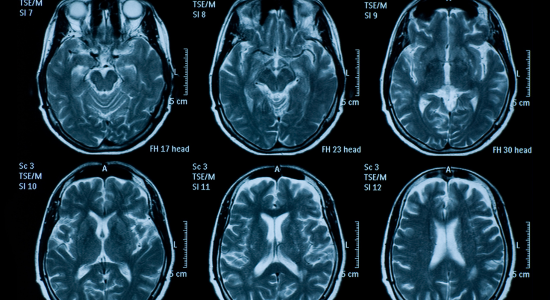Background
Post-traumatic epilepsy (PTE) is a significant long-term consequence of traumatic brain injury (TBI), characterized by recurrent seizures. Currently up to 30% of PTE patients do not respond to existing medications, and no treatments are currently available to predict or prevent the development of epilepsy following traumatic brain injury.
Research
P2X7 is a receptor highly expressed in immune cells within the brain and plays a key role in neuroinflammation. Our research demonstrates that blocking the P2X7 receptor after TBI provides strong anti-epileptic effects. Additionally, P2X7 receptor-targeted PET imaging shows potential as a diagnostic tool to identify individuals at higher risk of developing epilepsy after a TBI.
Potential Impact
This research offers a new method to identify who will develop epilepsy after TBI and a potential therapeutic target. These findings could lead to earlier interventions and more effective treatment strategies for PTE.
